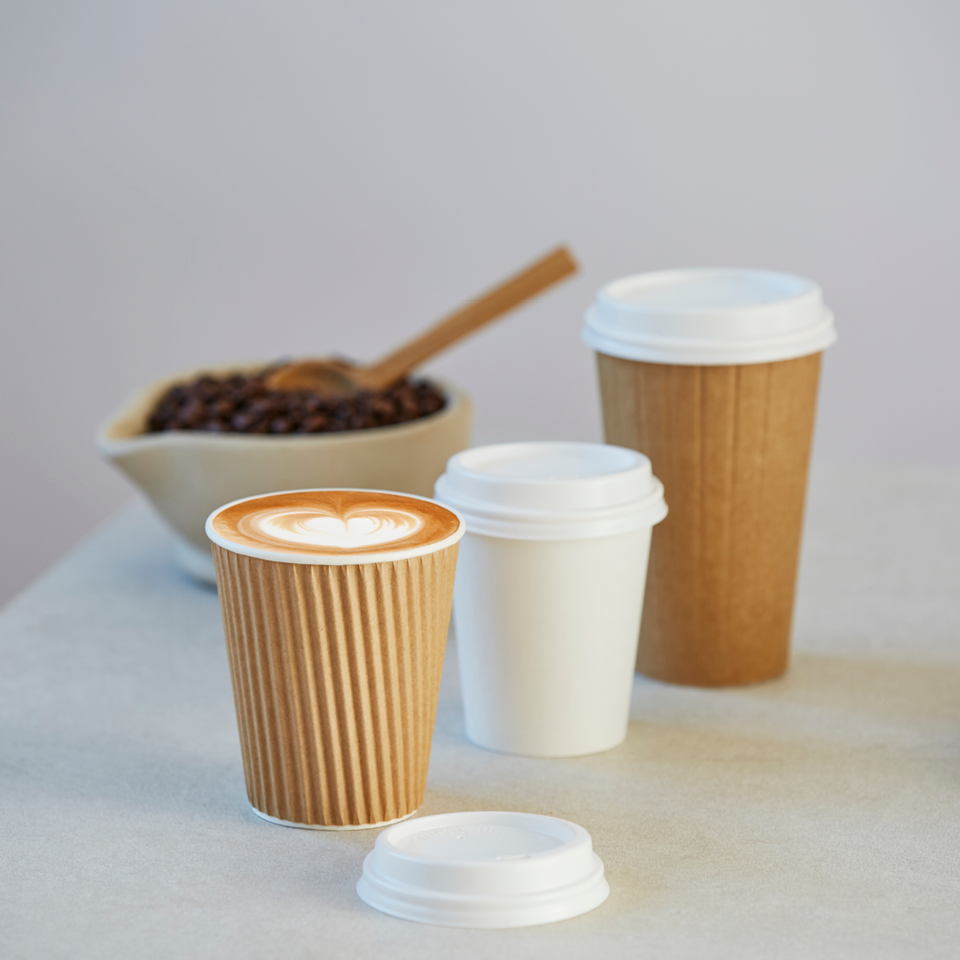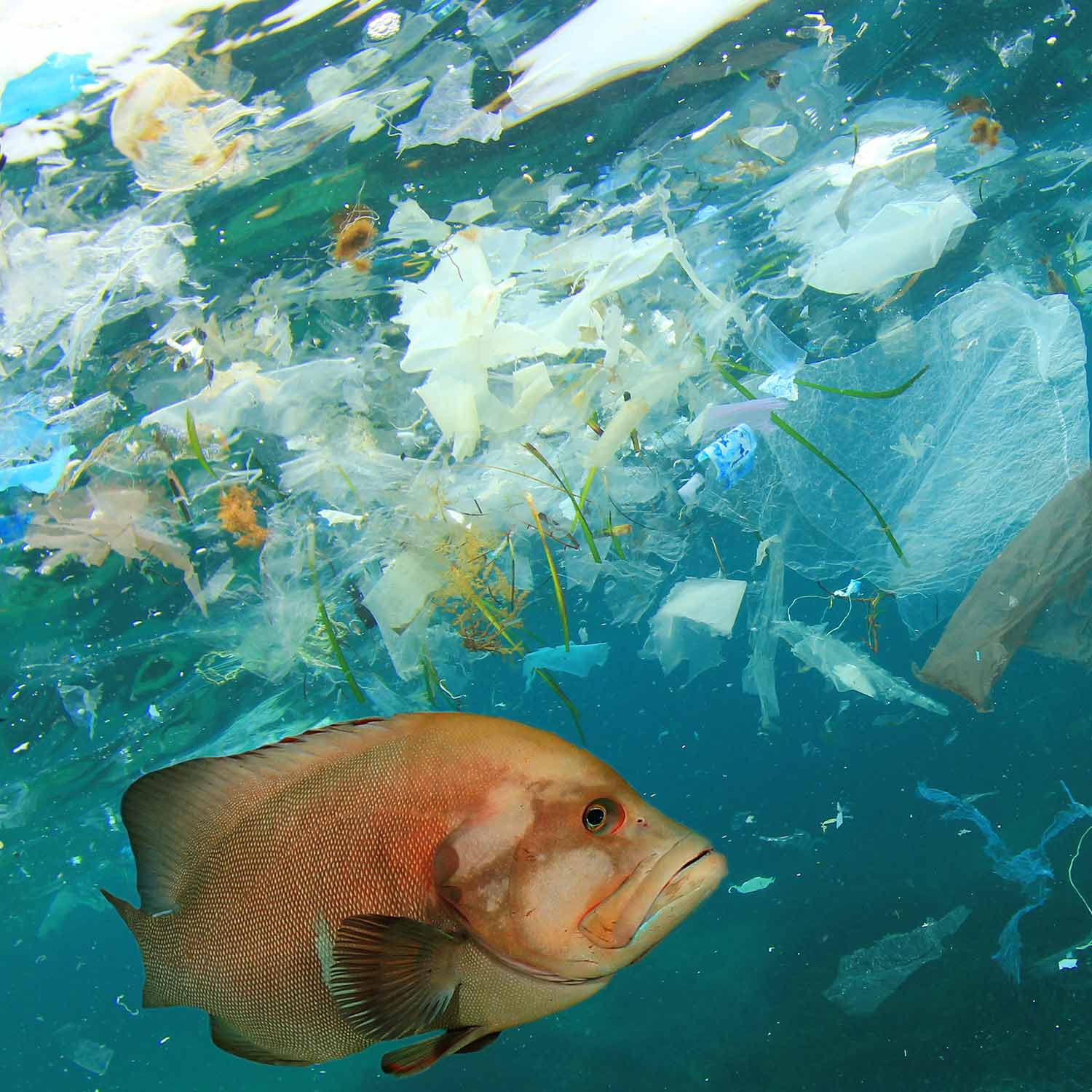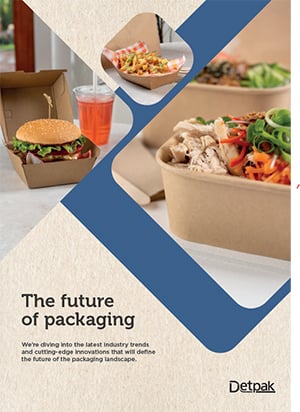Are you sure?
Are you sure? If you change your country now, any items you have added to your quote will disappear.
Your location
Please set your location to see relevant stock levels. Freight costs and taxes will be calculated once you log in.
Note: changing your location will empty your cart.
View stock availability
Please set your location to see relevant stock levels.
Cut the rubbish: Five things you should know about compostable cups
With continuing concerns around single-use coffee cups and their impact on our environment, there has been a big shift in the market with increasing demands for sustainable alternatives like reusable coffee cups or compostable options.
There is a big question mark around recycling and composting, what is the difference and what is the right disposal option for food packaging, specifically takeaway cups. We are here to bring you the facts on compostable cups.
Compostable packaging including PLA hot cups is made with a bioplastic lining.
Compostable packaging, including PLA hot beverage cups, paper coffee cups, and coffee cup lids, is made with a bioplastic lining designed to reduce the environmental footprint of disposable coffee cups.
PLA packaging composts under specific conditions as defined by the EU standard EN134321.
These conditions are present at commercial composting facilities. To ensure your PLA product is successfully processed, ensure it is collected for commercial composting.
Compostable paper cups cannot be recycled in the paper and cardboard recycling stream and should be collected separately for commercial composting.
This is due to the limitations of separating the lining from the paper fibre3. And despite some claims that they can be placed in the mixed kerbside recycling bin, as demonstrated in our recent article, a MRF cannot process any takeaway cups for recycling.

PLA cups are not engineered to break down in home composting environments
PLA coffee cups need to be collected for commercial composting to ensure they break down alongside food or organic products, unlike reusable coffee cup that can be washed and reused at home.
Diverting organic waste from landfills removes the risk of the paper component of paper-and-bioplastic coffee cups breaking down and releasing greenhouse gases including methane.
By ensuring your PLA products are successfully collected for commercial composting, you can remove the risk that these products will release greenhouse gases in landfills.

If you’re wondering, are takeaway coffee cups recyclable, the answer depends on their material. While PLA cups must be composted, programs like RecycleMe™ allow you to recycle coffee cups made from high-quality fibres.
Sources:
1What are the required circumstances for a compostable product to compost? European Bioplastics, 2016
2The compostable cup you can’t compost, Sydney Morning Herald, 2017
3How to recycle biodegradable coffee cups, Resource, January 2019
4 Why compostable plastics may be no better for the environment, SBS, September 2018
5Envisage Works and Department of the Environment and Energy, Australian Plastics Recycling Survey – National Report, 2016–17
6Availability of NZ facilities to process compostable coffee cups and food packaging, Beyond the Bin 2017

